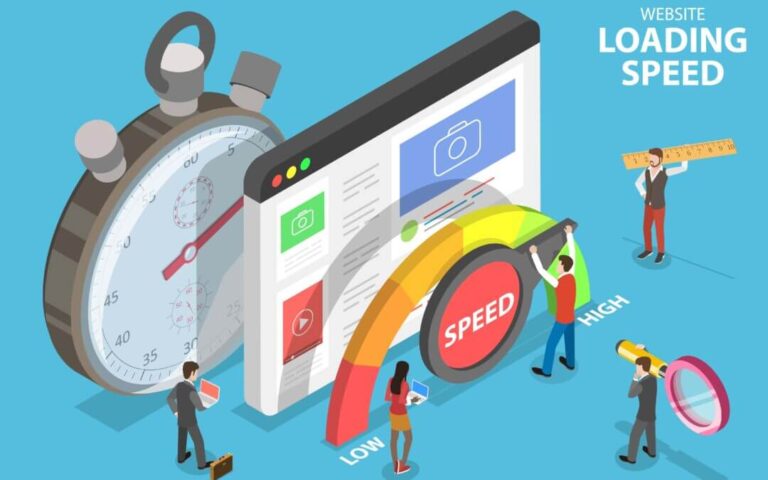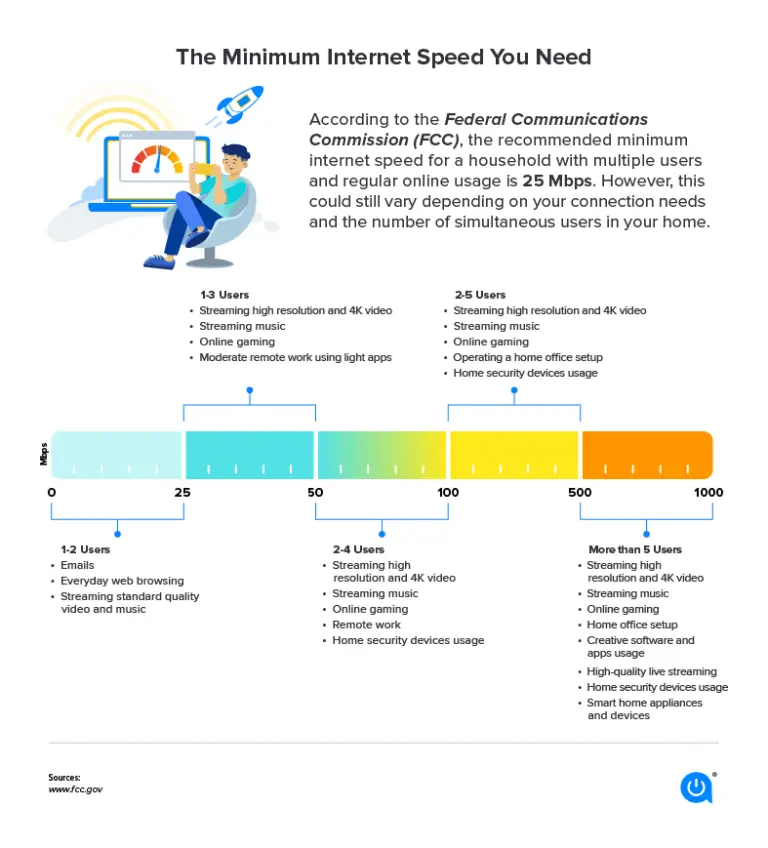How Much Internet Speed Do I Need? A Homeowner’s Guide to Bandwidth
In the digital age, internet speed is as crucial to modern living as running water and electricity. For homeowners navigating the vast online landscape where streaming, gaming, and working from home are routine, having a solid understanding of internet speed is indispensable. It’s the unspoken hero, the invisible thread tying our smart homes and connected lives together. But how much speed is enough? And what should you consider before choosing or upgrading your internet plan?
This guide is crafted to demystify internet speeds, empower you to assess your consumption needs, and help you make informed decisions to optimize your digital experiences. Whether you’re a casual streamer, fervent gamer, or you lead a bustling household teeming with internet-dependent activities, this post is your go-to source for navigating the often complex world of internet plans.

Understanding Internet Speed
Before scrutinizing your internet needs, you must grasp what internet speed means. Internet speed is how quickly information can be downloaded to your device—whether it’s your smartphone, tablet, or computer—from the internet. This speed is measured in megabits per second (Mbps). There are two primary varieties of internet speed you’ll encounter:
Download Speed: This determines how fast you can pull in data from the internet. It’s critical for activities like streaming videos, browsing the web, and downloading files.
Upload Speed: This speed denotes how quickly you can send data to the internet. It’s essential for activities like video conferencing, online gaming, and uploading files to the cloud.
The balance between download and upload speeds is crucial, but how much of each do you need? That’s the golden question we’re poised to answer.
How Much Speed Do You Need?
To determine your internet speed needs, slice your online habits into the following categories and aggregate the speeds required:
- Casual Browsing and Email: For basic web surfing and email, a modest 1-5 Mbps should suffice.
- Social Media and Online Chat: Add a couple of Mbps to the mix when casual internet interactions are on the daily agenda.
- Streaming Services: HD streaming varies from 5-25 Mbps, while 4K Ultra HD streaming can require 25 Mbps or more.
- Gaming: The recommended internet speed for gaming is usually around 3-6 Mbps, but smoother gameplay is often experienced with 15-25 Mbps, especially in online multiplayer games.
- Video Calls: Standard video calls need around 1.5 Mbps, while HD calls can demand up to 3 Mbps per participant.
- Home Office and Remote Work: If you’re constantly on video calls and handling large files, upwards of 25-50 Mbps could keep your professional life on an even digital keel.
To gauge your household’s overall needs, sum up the usage estimates for all devices and activities occurring simultaneously. For example, a home where a social media check on a smartphone overlaps with an HD Netflix stream on the TV while a family member conducts a video conference call and another indulges in online gaming should aim for a higher speed tier.
Factors Affecting Internet Speed
Your lifestyle isn’t the sole dictator of your internet needs. Several factors can sway your internet experience positively or negatively. Among these are:
Type of Connection: Fiber optic internet tends to offer the highest speeds, followed by cable, DSL, and satellite.
Number of Devices: Each connected device in your home consumes a portion of your internet speed. The more devices, the greater the need for bandwidth.
Network Congestion: At peak times, your internet service provider’s (ISP) network may slow down due to the collective high usage.
Hardware and Software Issues: Outdated routers or network interfaces can be a bottleneck and cause slower speeds.
Geography: Rural dwellers might have fewer options, potentially leading to slower maximum available speeds.
Understanding these elements allows for a more comprehensive appraisal of your actual internet requirements.
Choosing the Right Plan
Selecting an internet plan need not be daunting. Follow these guidelines to choose one that aligns with your digital habits:
Consider Your Usage: Always factor in your usage habits when deliberating on an internet plan. Adapting your plan to fit your lifestyle can save money and optimize performance.
Research Available Options: Shop around. Don’t tether yourself to one provider without exploring what the competition has to offer.
Beware of Terms and Conditions: Always read the contractual fine print. Look out for data caps, throttling policies, and any potential ‘up to’ speeds that may not be guaranteed.
Scout Promotions and Bundles: Providers often package internet services with cable TV, phone services, or even home security. These bundles could offer better value.
Future-proof As Best You Can: If your household is likely to expand in size or if you anticipate a surge in internet-connected devices, opt for a slightly higher speed now to avoid future inconveniences.
Upgrading Your Internet
If you find your internet speeds consistently falling short of your needs, it might be time to consider an upgrade. Here are some signs that it’s time to switch up to a swifter plan:
Buffering Becomes Routine: Frequent buffering during video streaming is a telltale sign that your current plan can’t keep up.
Devices Struggle to Connect: Slow internet can result in devices taking forever to connect to Wi-Fi or experiencing dropouts.
Hourglasses and Spinning Wheels Abound: If you’re staring at loading symbols more than your actual content, it’s likely a speed issue.
Difficulties Managing Multiple Devices: A good home network should cater to all devices simultaneously without hiccups.
To upgrade, reach out to your ISP, explain your concerns, and they’ll guide you to a plan better suited to your needs.
Conclusion
Assessing your internet speed needs is an indispensable part of enhancing your digital lifestyle. Understanding how much speed to shoot for, the factors influencing your actual needs, and how to select and maintain an appropriate plan are your surefire steps to ensure that digital hiccups are a rarity rather than a norm.
We hope this guide has shed some light on an otherwise nebulous topic. Do take the time to sit down and calculate your household’s needs, investigate your current internet plan, and if necessary, take the plunge towards the speeds that truly serve you. After all, the internet should be a tool for efficiency, entertainment, and connectivity, not a source of frustration. Now, go forth, browse, stream, and conquer with confidence in your bandwidth prowess.
If you’re finding this blog useful, share it with friends and family—chances are they’re grappling with the same bandwidth dilemmas. And remember, in the dynamic digital domain we inhabit, the only constant is change. Revisit these steps as your internet needs evolve, and may your Wi-Fi signals always be strong and unyielding.







